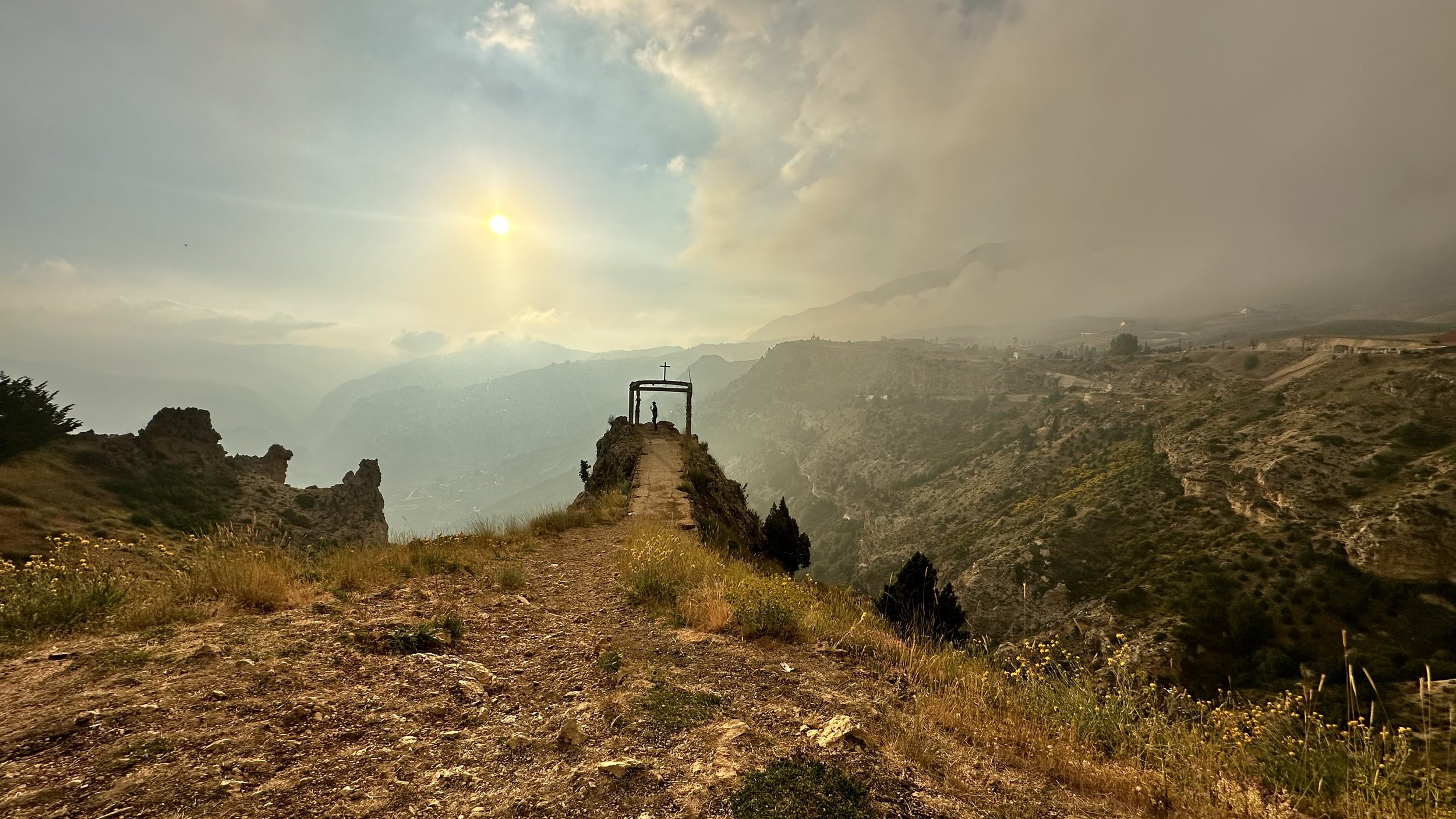
La Jetée
A Place of Beauty and Tragedy
As we stood on the edge of La Jetée in the north of Lebanon, the landscape around us was nothing short of breathtaking—vast valleys stretching endlessly, framed by majestic mountains that seemed to rise from the horizon itself. The serene beauty of this place, with its panoramic views, feels almost magical. Yet, beneath this enchanting scenery lies a darker, haunting history.
During Ottoman rule, this very cliff was a site of tragedy. Christians condemned to death were brought to La Jetée, where their defiance was met with a terrible fate. From the edge of this precipitous cliff, they were forced to plunge into the abyss below, their bodies tumbling into the valley. It’s said that their remains were left to the mercy of wild beasts, with no burial, no dignity, just nature reclaiming what had been cast down.
Standing there, gazing at the profound valleys below, it was impossible not to feel the weight of history pressing upon us. The peaceful, almost surreal landscape felt at odds with the brutality of what had occurred here centuries ago. It’s hard to imagine what those Christians—who stood where we stood—must have felt in their final moments, knowing that this enchanting vista would be the last thing they ever saw.
As we walked along the cliff’s edge, the contrast between the natural beauty and the somber history of La Jetée was palpable. This site is not just a place of scenic wonder, but also a reminder of Lebanon's layered past—a history that intertwines beauty and tragedy in ways that still echo across its landscapes.
Visiting La Jetée was a powerful experience, one that left us contemplating not just the magnificent views but also the resilience of those who faced their end here. It’s a place that embodies both the awe-inspiring splendor and the often untold stories of suffering that Lebanon holds within its lands.


